6 Steps to Take Before and After Winter to Preserve Your Roof
Your roof protects your home from the elements, and it's a homeowner's responsibility to ensure the roof is strong enough to do so. Unfortunately, harsh winter weather can do a number on it. Luckily, your professional roofer understands how to protect your roof from the elements. Here are steps local roofers can take before and after winter to preserve your roof.
1. General Inspection
Whatever you do, don't skip out on your annual inspections. According to Bob Vila, your roof should be inspected at least once a year. A good time to do so is during seasonal change. Making sure your roof is inspected before the winter months can ensure it's strong enough to hold up under the pressure of snow, freezing rain, or hail. Getting an early enough inspection can determine whether it's best to replace your roof before the cold sets in. If it's too vulnerable to hold up against another winter, you'll want to take steps to fix it.
2. Post Storm Inspection
According to the Iowa Department of Homeland Security and Emergency Management, there are close to 50 tornadoes, tens of flash flood events, hundreds of severe thunderstorms, and thousands of non-severe thunderstorms in Iowa annually. With so many storms in the state, your roof can experience a great deal of wear and tear in one year. Take the necessary precautions and have your roof inspected after every major storm. It only takes one big storm to wreak havoc on your roof. A fierce storm can create cracks or holes in the roof and affect the insulation. These cracks are what lead to water damage and pest infestations.
3. Gutter Checks
Many roofers also work with the gutters since they're part of the roofing system. With the help of healthy gutters, water is ushered away from the roof, preventing wood rot. They also prevent the likelihood of leaks because the water won't sit on the roof and seep through into the foundation. Your local roofer will check your gutters to see if they're clogged with granules or other debris from roof shingles. That clog can be a sign that your roof is weakening and may need quick repairs or a replacement. They may also notice that your gutters are beginning to sag which can affect how well they can redirect water away from the roof and siding. Local roofers can fix or replace your gutters before winter sets in to ensure your property is protected from the elements.
4. Ice Dam Removal
One of the downsides of winter is the formation of ice dams along your roof and gutters. Ice dams form when water freezes after low temperatures. These dams can become dangerous as they can fall on anyone below. They can also weigh down your gutters and cause them to sag. As stated, sagging or clogged gutters can't effectively do their job of ushering water away from the roof. Therefore, if your gutters are clogged with ice, it can cause water to back up on the roof and freeze.
5. Moss and Algae Removal
Sometimes your roof can develop organic matter, such as moss or algae. This growth usually occurs in a moist environment, so it may be an indication that moisture is trapped somewhere. If your roofer detects moss or algae, they can address the issue before it leads to more significant moisture damage. Addressing the growth promptly can prevent further problems and extend the life of your roof. If substantial damage has occurred, your roofer might suggest a replacement to ensure your roof remains solid and effective against winter conditions.
6. Sealants
Local roofers may use various treatments to help protect your existing roof material. Sealants, for example, provide a protective coating against moisture from typical winter weather. This protective layer can prevent water from seeping in and weighing down your roof materials. Additionally, sealants can offer protection from extreme UV rays during the summer months, contributing to the overall longevity of your roof.
As you can see, roofers have several ways to protect your roof during a cold winter. From inspections and gutter maintenance to applying sealants, they ensure your roof is prepared for winter storms and cold temperatures. Our team of
local roofers provides expert care throughout central Iowa. Contact Bakeris Roofing any time for a consultation.
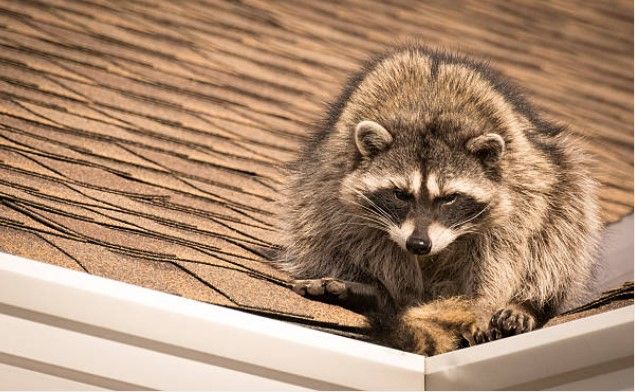
serving Area
Polk County, IA
Dallas County, IA
Warren County, IA
Madison County, IA
Marion County, IA
Jasper County, IA
Des Moines, IA
Urbandale, IA
Ankeny, IA
Altoona, IA
Waukee, IA
Grimes, IA
Newton, IA
Grinnell, IA
West Des Moines, IA
Business Hours
- Mon - Fri
- -
- Sat - Sun
- Closed



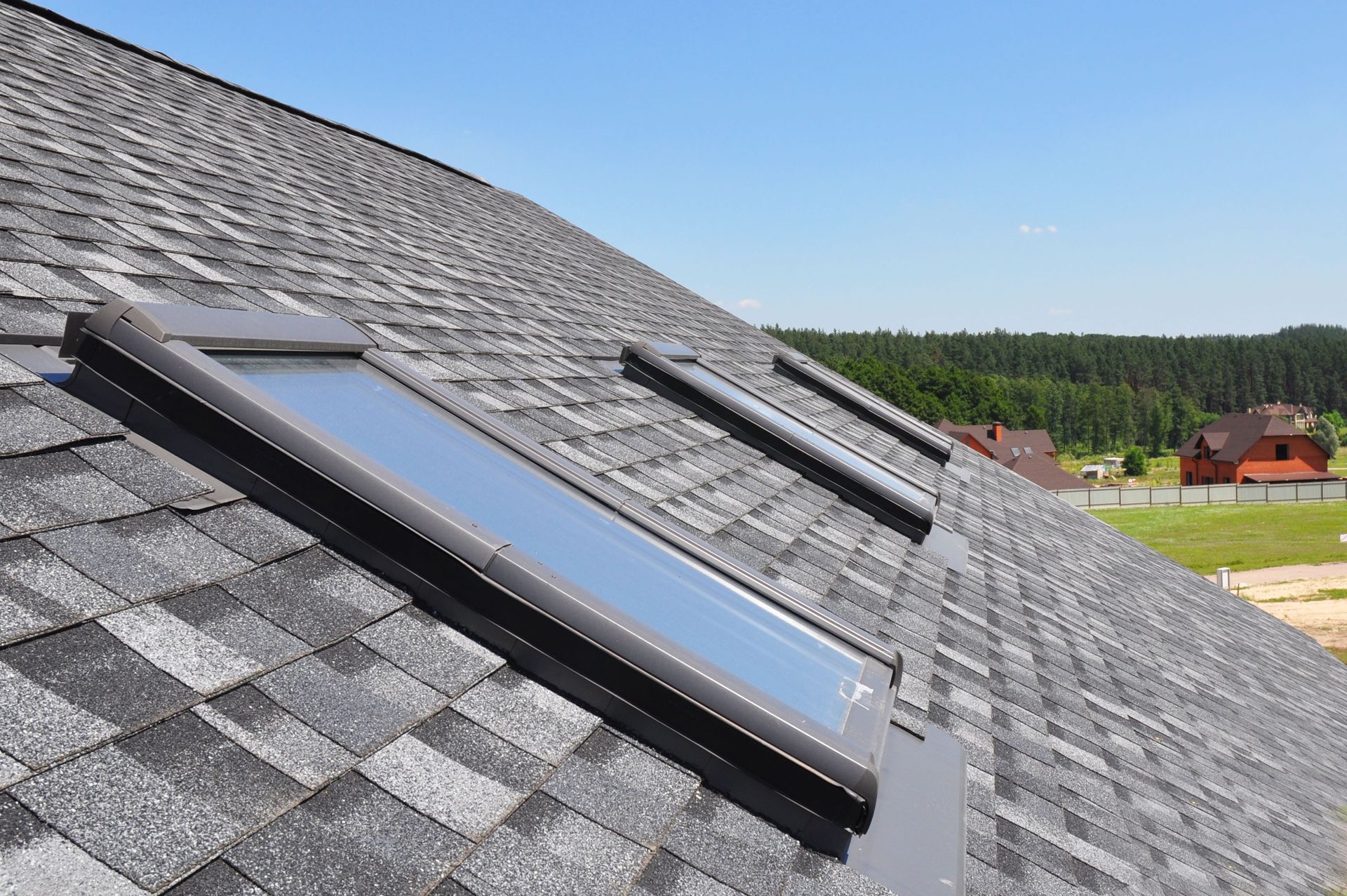
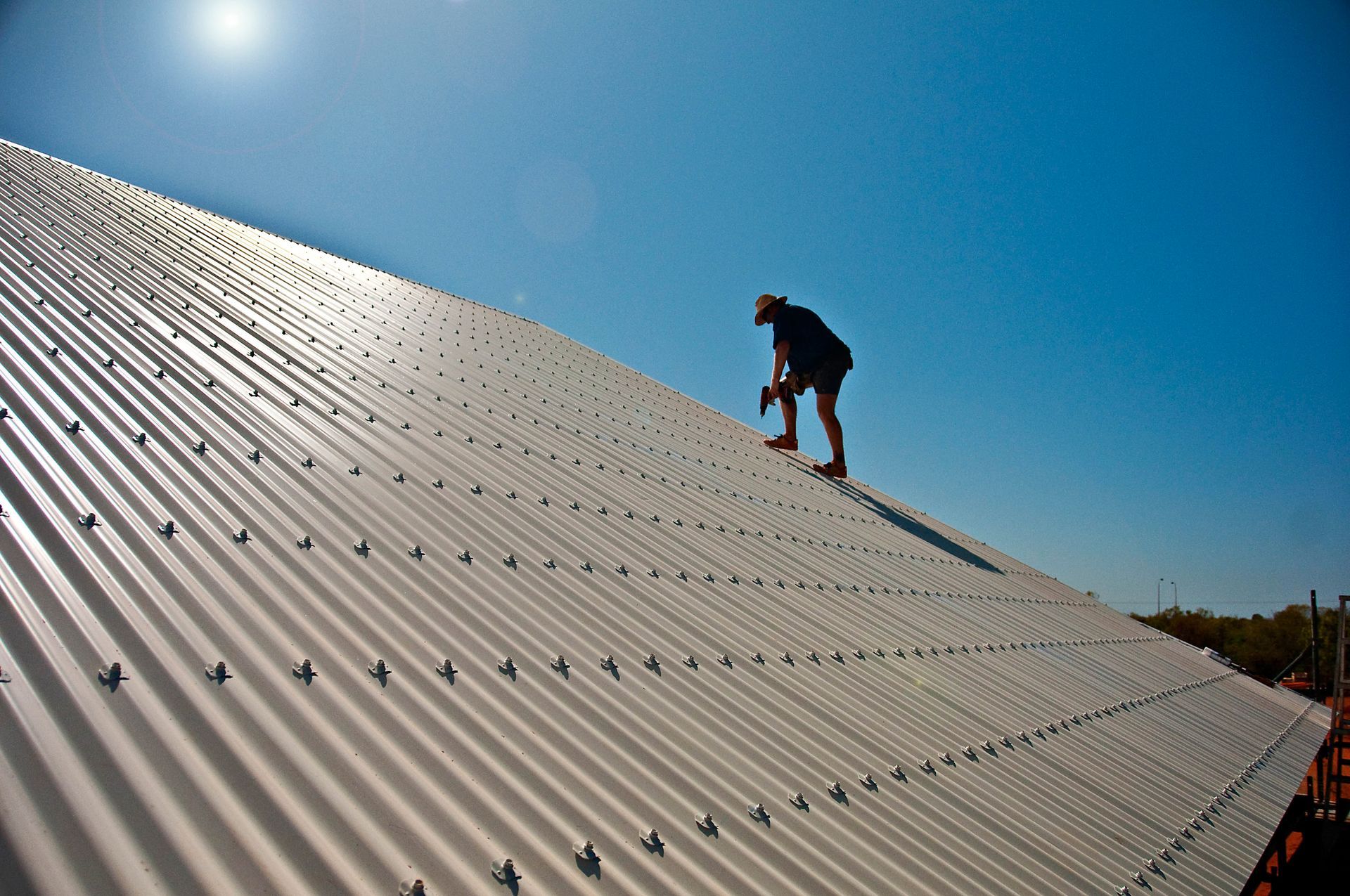
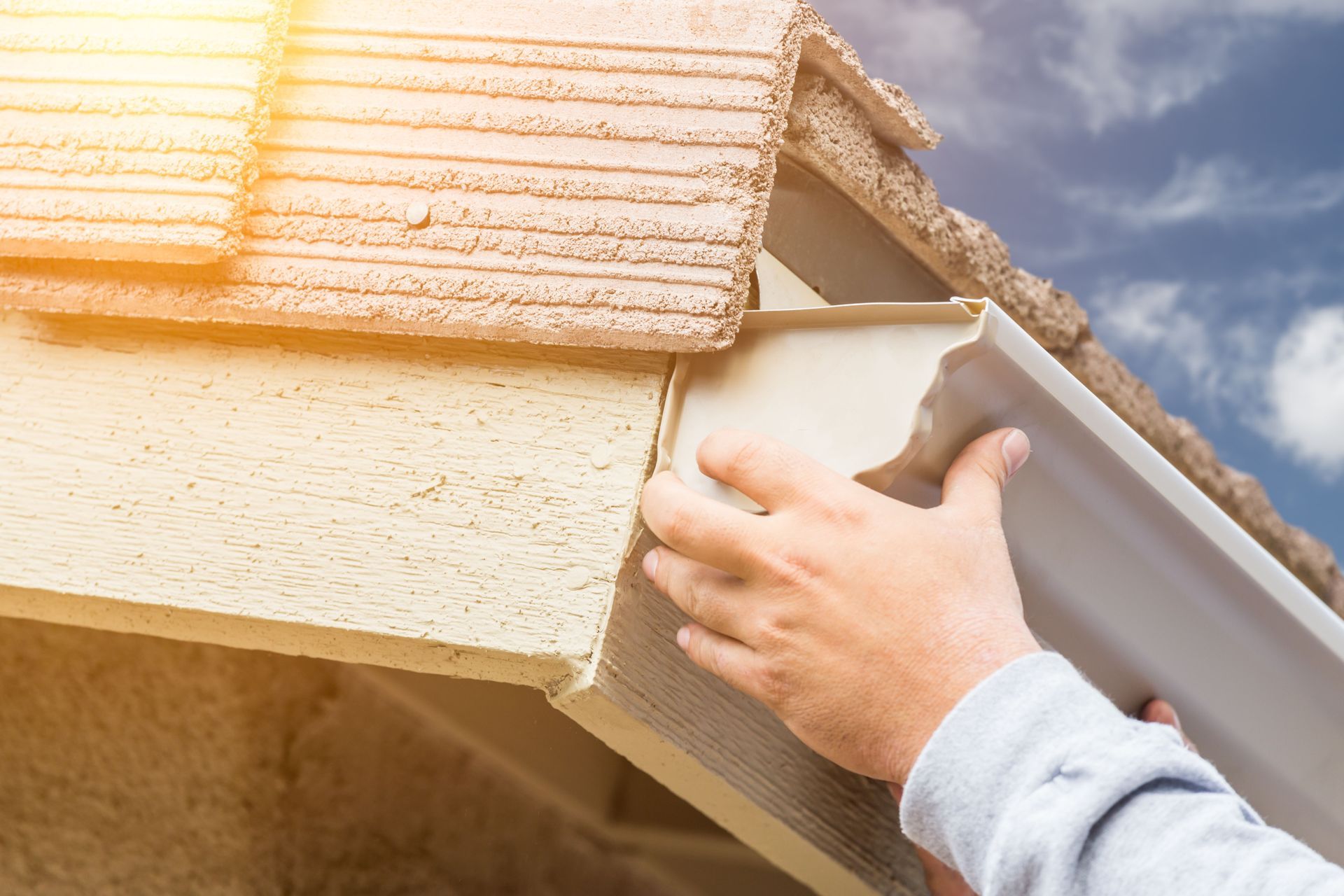
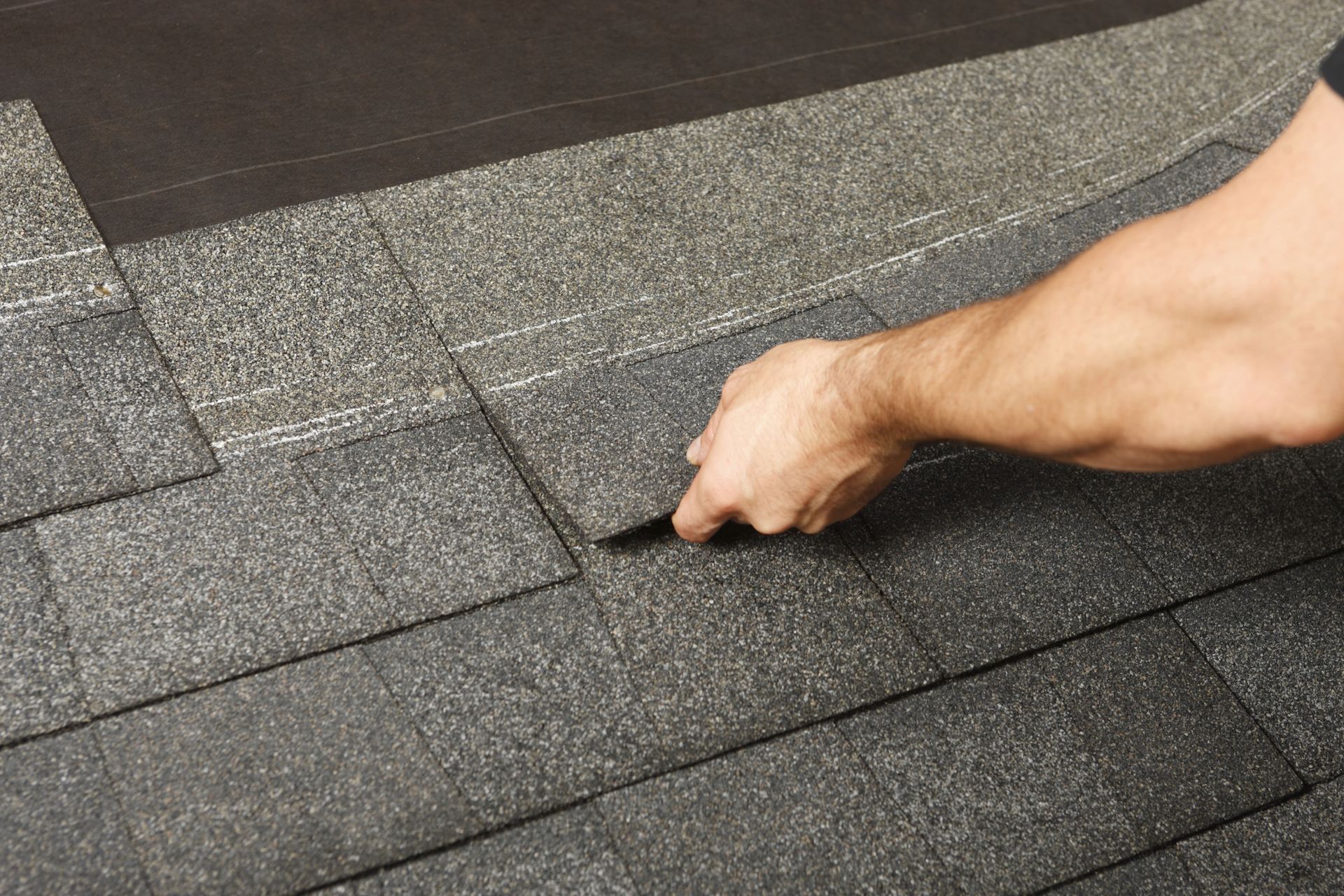
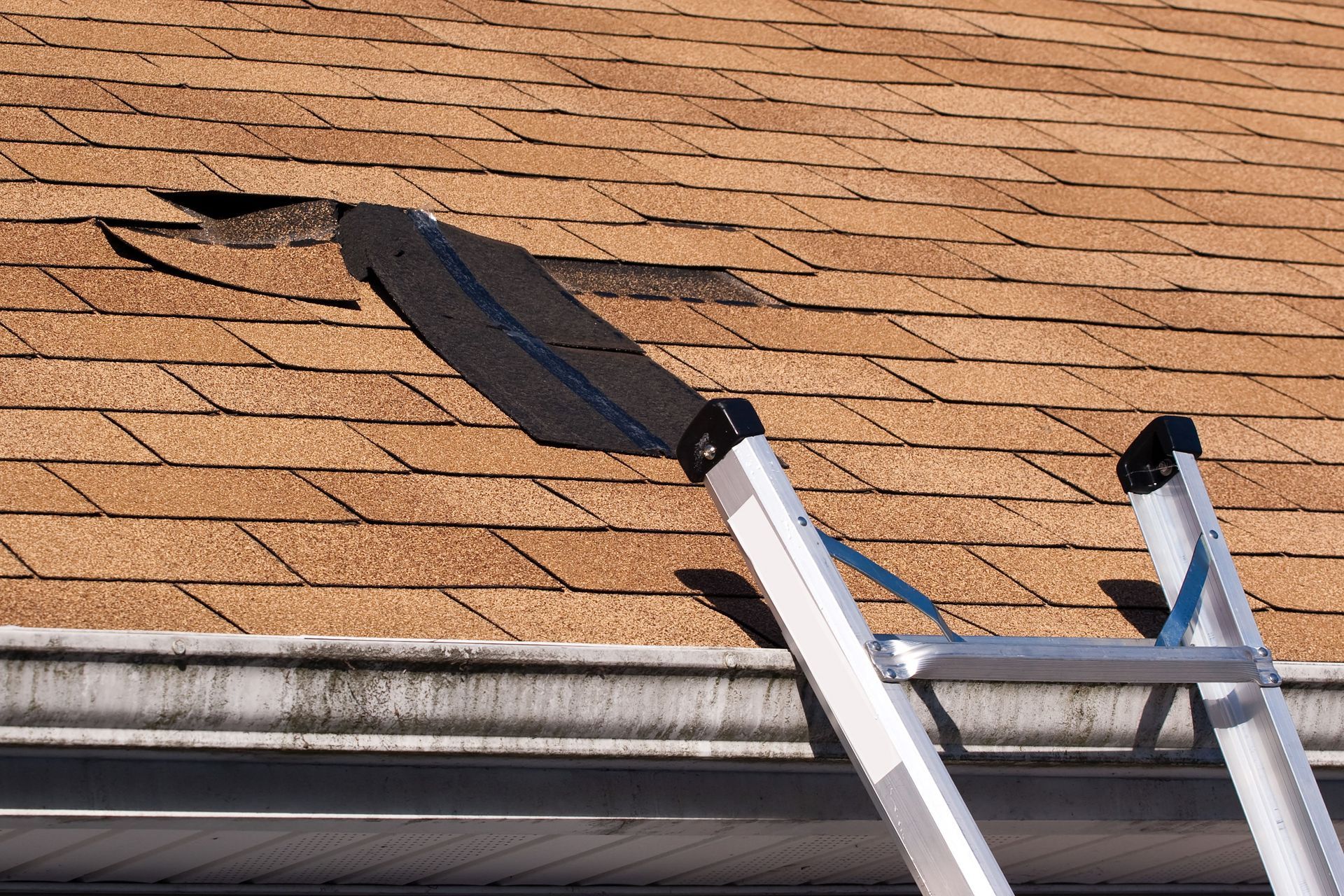
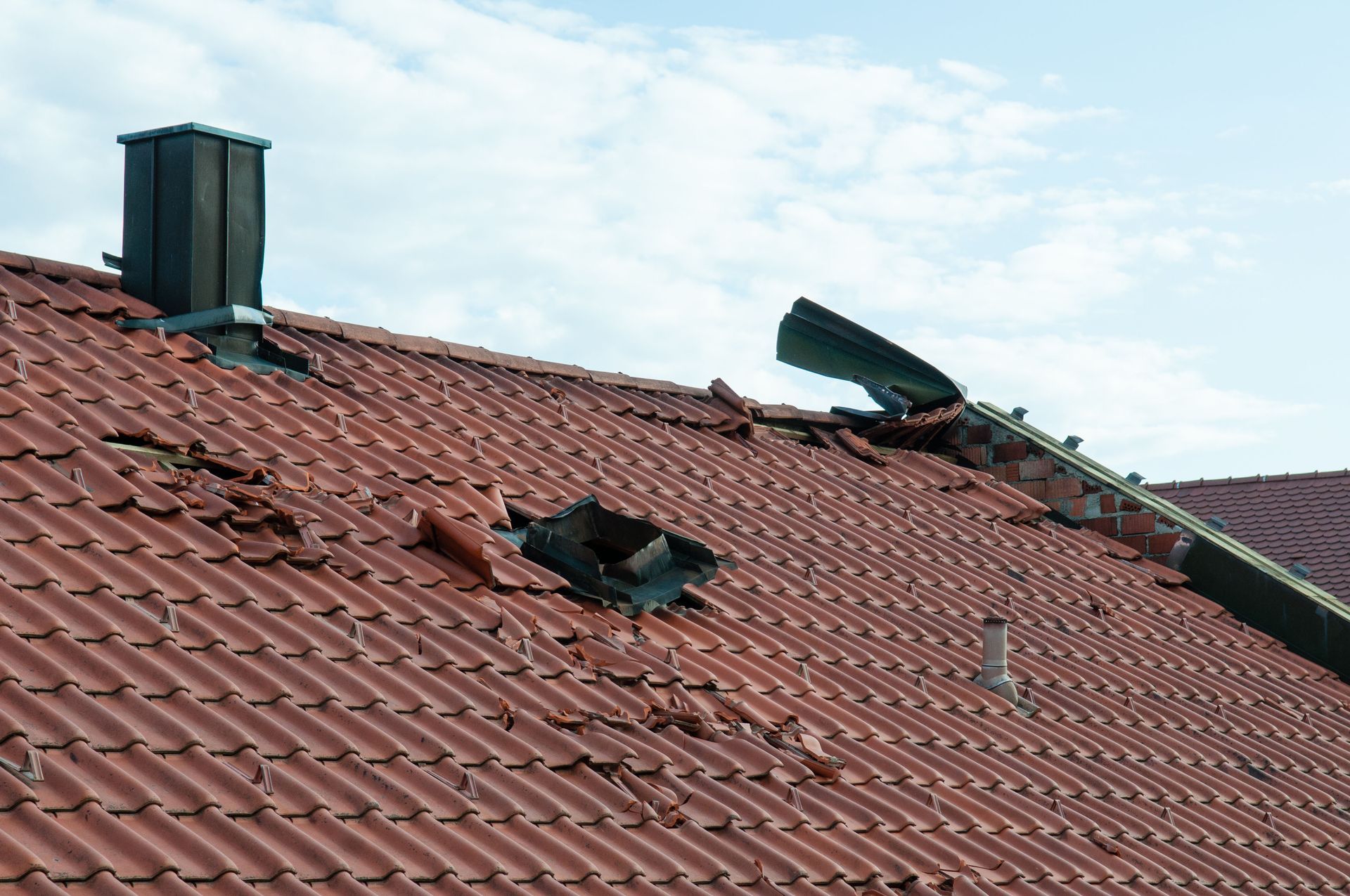
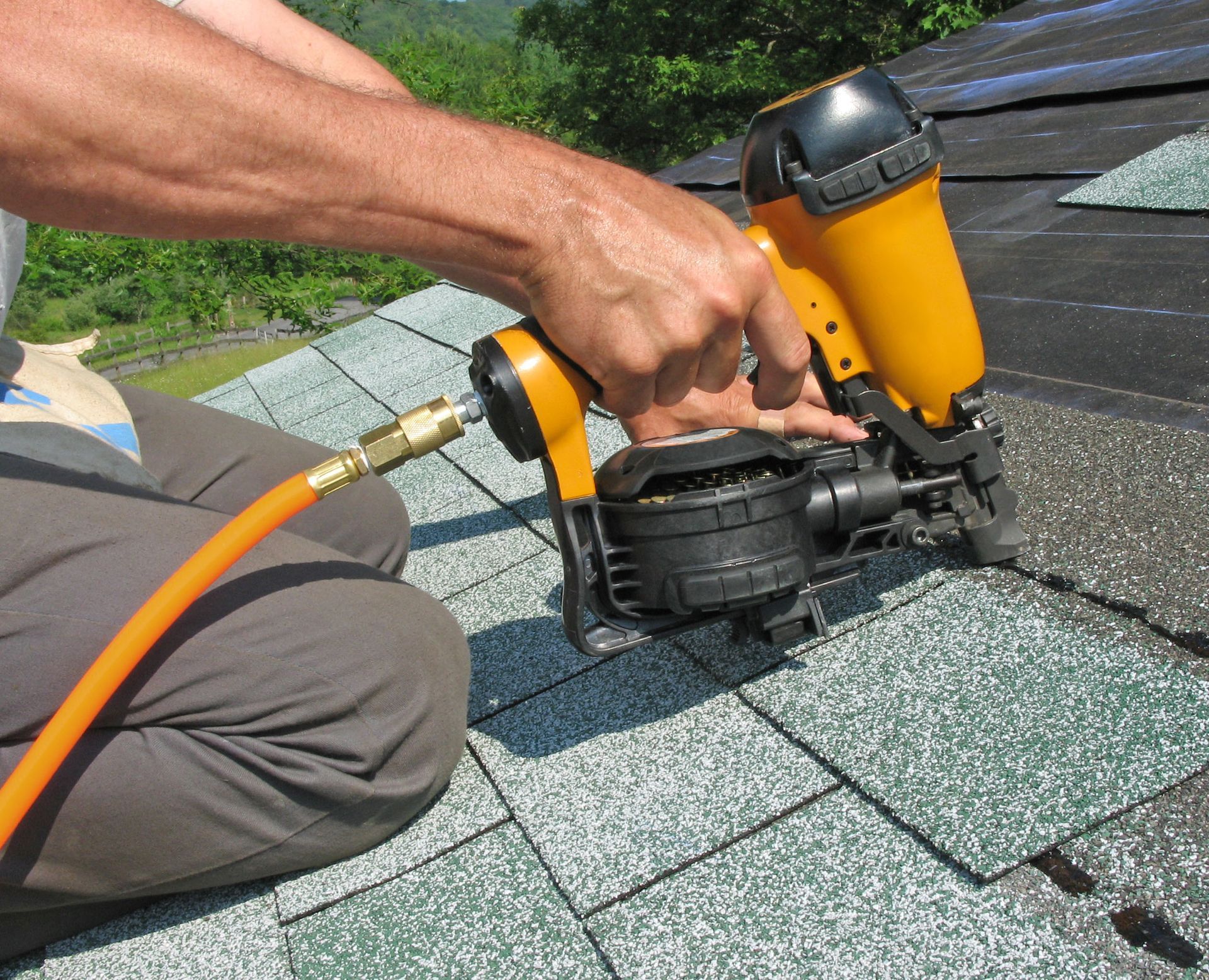
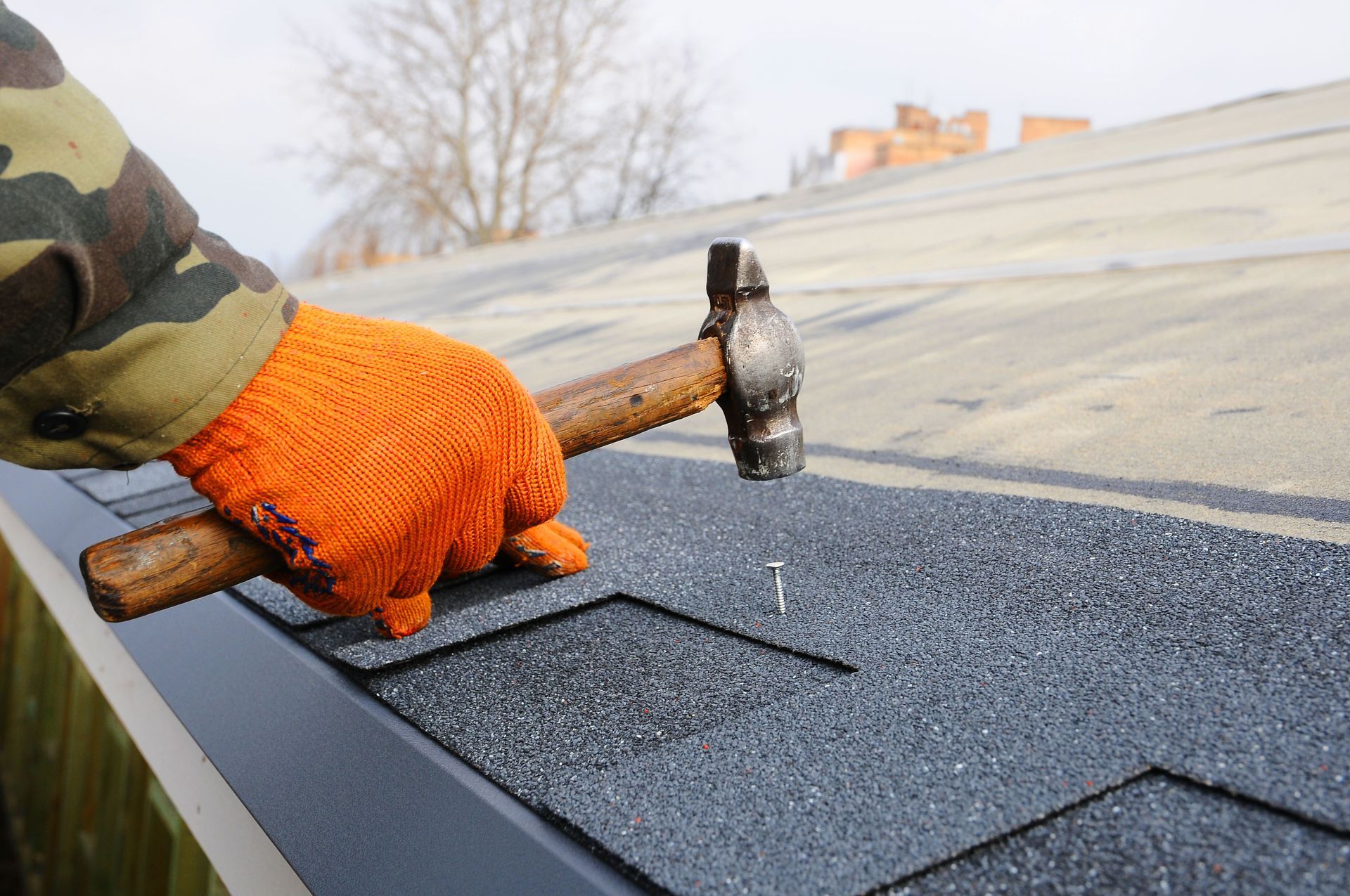
Share On: